A Firefly to Rebuild- Part 1 Ripping it Apart.
Beginnings
I had rebuilt 2 wooden Wayfarers years ago, we raced one number 662 at a world championships in Hayling Island in 1993 and cruised it up the west coast of Scotland. The other came from a shingle beach at Bexhill on Sea, we kept it for a while and then sold it to friends who sailed it at Bala. Eventually that boat turned up at our sailing club Port Dinorwic, bought by John Jones a master craftsman boat builder.
Both were sapelee decked and very pretty boats.
Adrian Stoggal, sometime Olympic race officer and whose daughter Ella sails a renovated firefly was renovating another old Firefly with Neil Marsden in his workshop in Garstang, near Preston. Stog kept pesterimg me about rebuilding one and kept sending me boats worth renovating.
Eventually, through Fiona Tylecote, [ thanks Fiona!], I was pointed towards a boat in Torpoint, about as far from home as I could get from Caernarfon in North Wales.
The boat number 2762, built in 1961 measured 7th November and delivered to UCL London on the 16th November 1961. It was mainly used for team racing. Hence the various holes.
Rob Austin from Torpoint had converted the boat to a Mk3 in 2012. It was a good job if on the heavy side and sadly the weather had taken its toll on her recently.
I was encouraged to do a Mk4 conversion on the boat.
So one Friday night in March 2022 I drove the 180 miles to Cardiff to run some Optimist training towing my Laser trailer behind.
On Saturday morning, before I started the training I noticed that both tyres were flat! Then there was a scramble to to get some parents to try to find me a replacement wheel as my spare was the wrong size.
Unfortunately no luck, one tyre stayed inflated and the other gradually went down. I could have bought a tyre inflator but didn't think that far ahead.
On Sunday after the day finished I drove out of Cardiff and over the Severn Bridge for the 160 mile journey to Plymouth. About 9 miles from Torpoint there was a garage and I should have checked the tyres but didn't.
9 miles further on after going down some tortuous lanes I arrived at St John, where the boat was located.
It was 1900, pitch black and the owners weren't in. The next door neighbours were helpful and had a torch.
Oh and one of the tyres was still ok and the other was pretty flat. the neighbours didn't have a foot pump so I loaded the boat in the dark countryside, and took the risk of driving 9 miles back to the garage. Fortunately I got to the garage, inflated the tyre and then drove to Weymouth where I was doing some coaching for 2 days.
The following morning the tyre was flat again and after a lot of faff I was pointed to a local garage, who kindly replaced the inner tub- problem solved.
After the 2 days in Weymouth, it was a long 340 mile drive back home to Caernarfon, and the boat made it.
Hammer, Saw, Chisel,Angle Grinder and Oscillator
The boat had had a previous renovation to a Mk3 in 2012 by Rob Austin of Torpoint. It was a good job, with a new deck buoyancy tanks and some significant hull repairs.
The plan was to convert it to a MK4. - Basically the boat had to be ripped apart just leaving the shell and on and off this was about 8 days or even 10 days work.
There were 2 existing large repairs which had been done well but needed further treatment.
A jig to hold the epoxied transom in.
Some small patches





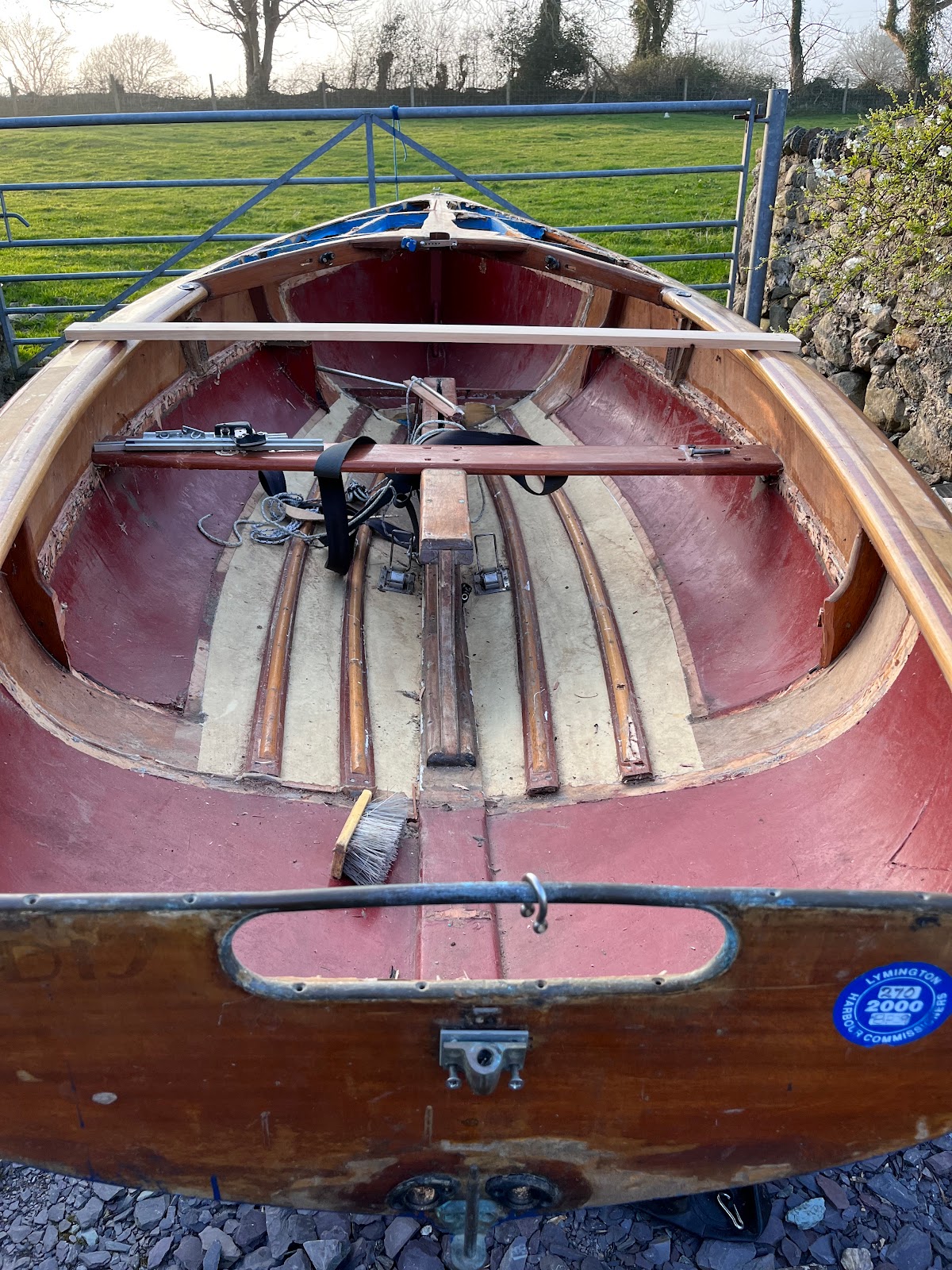




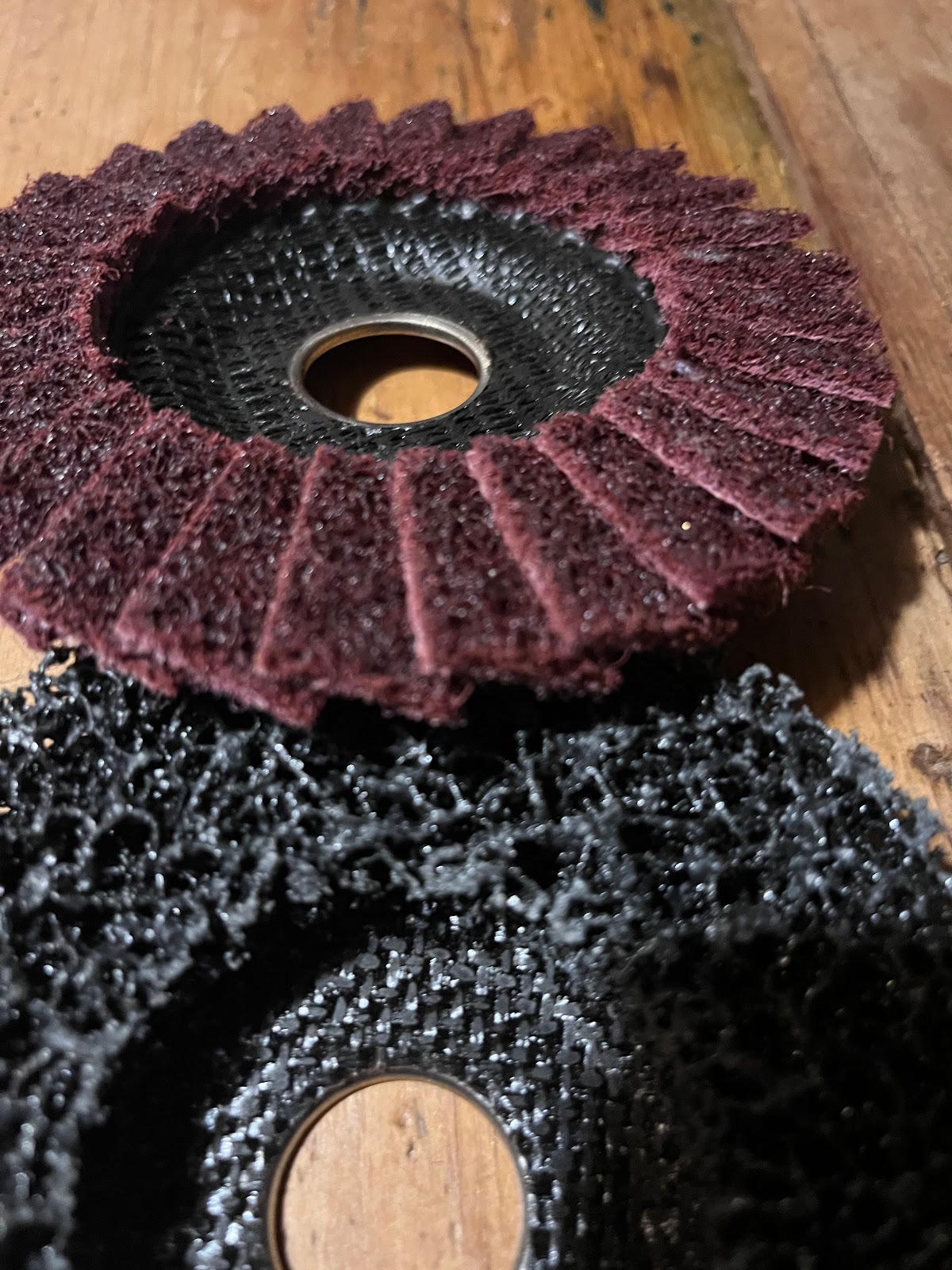











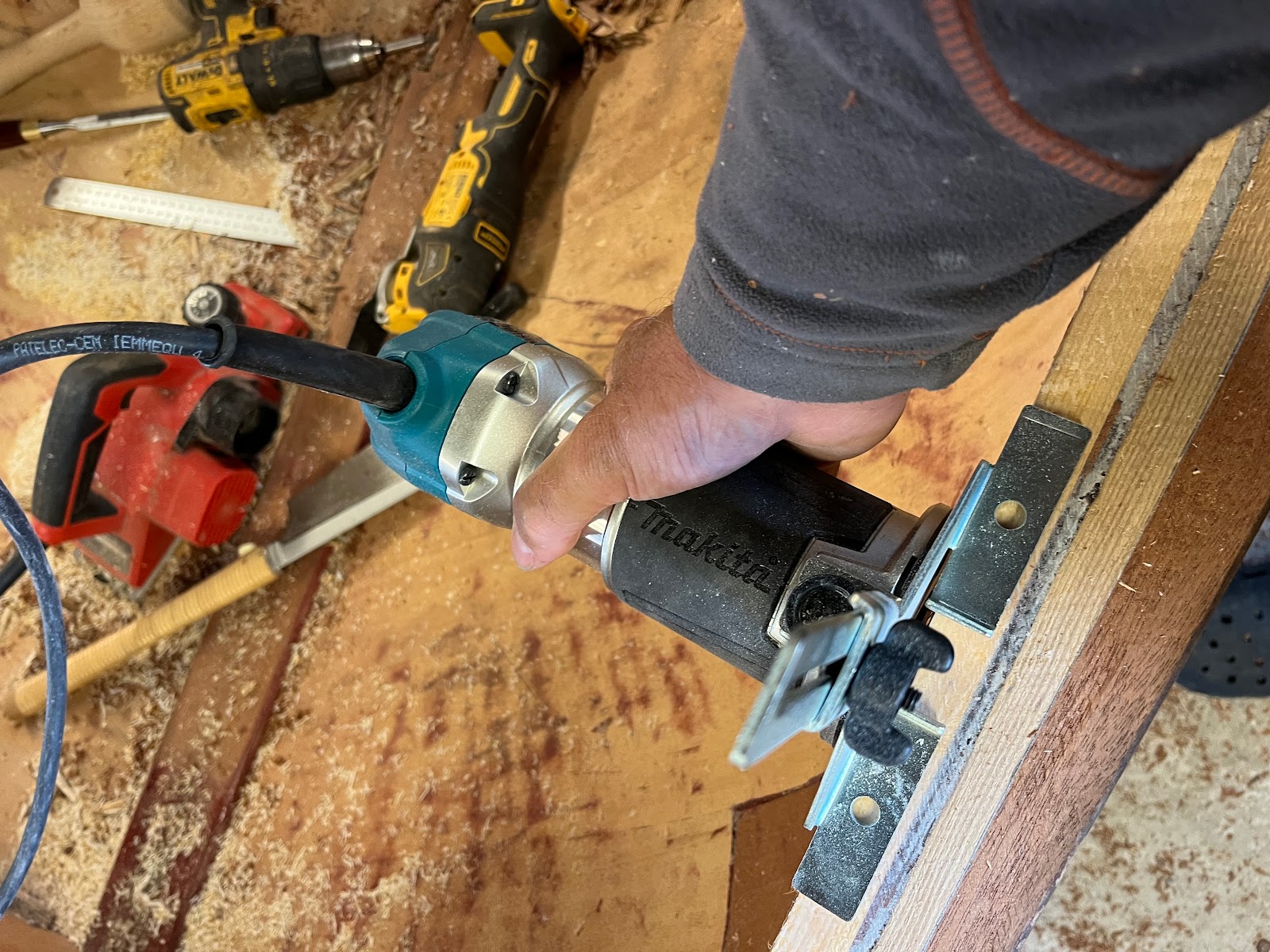

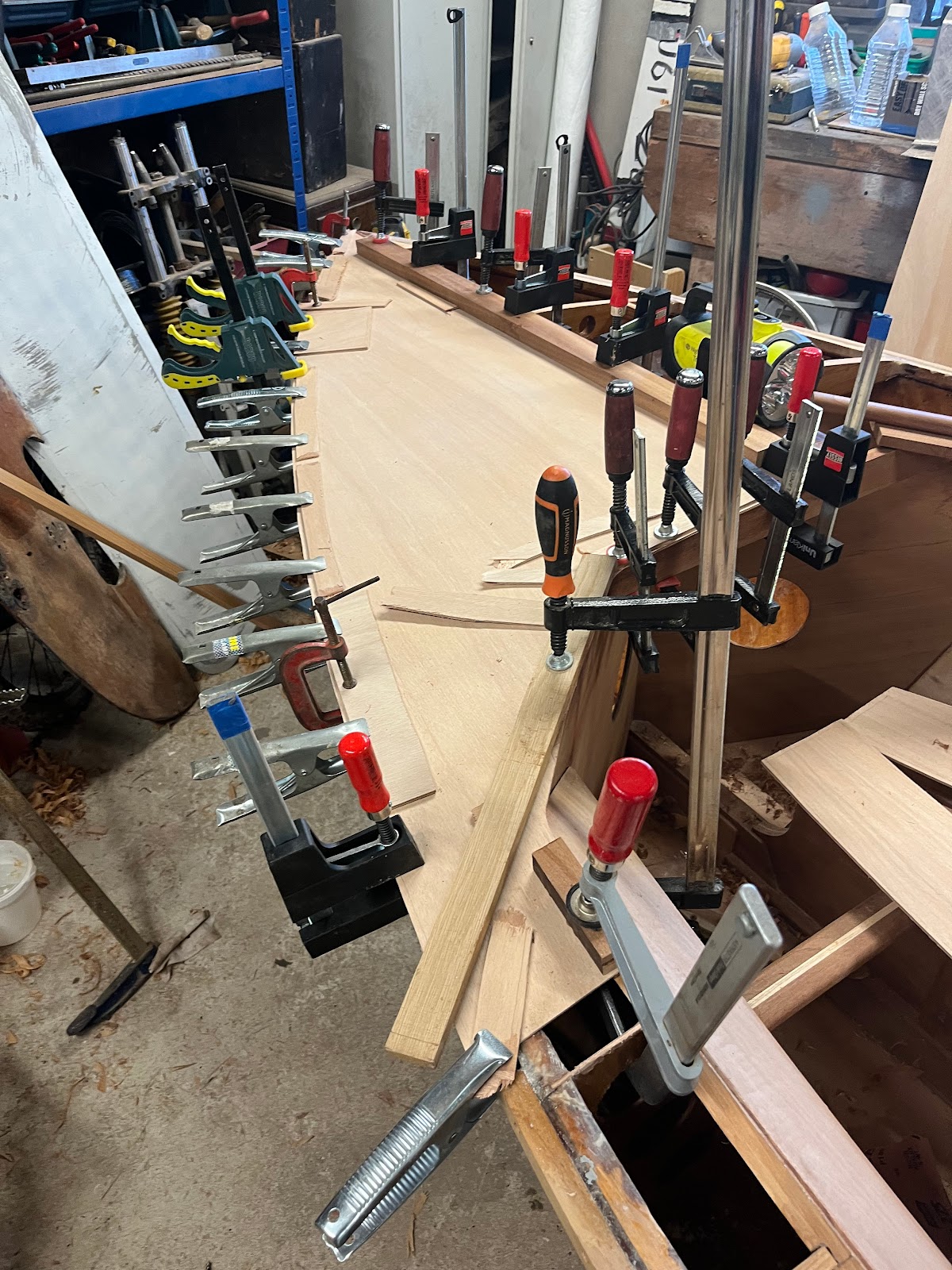
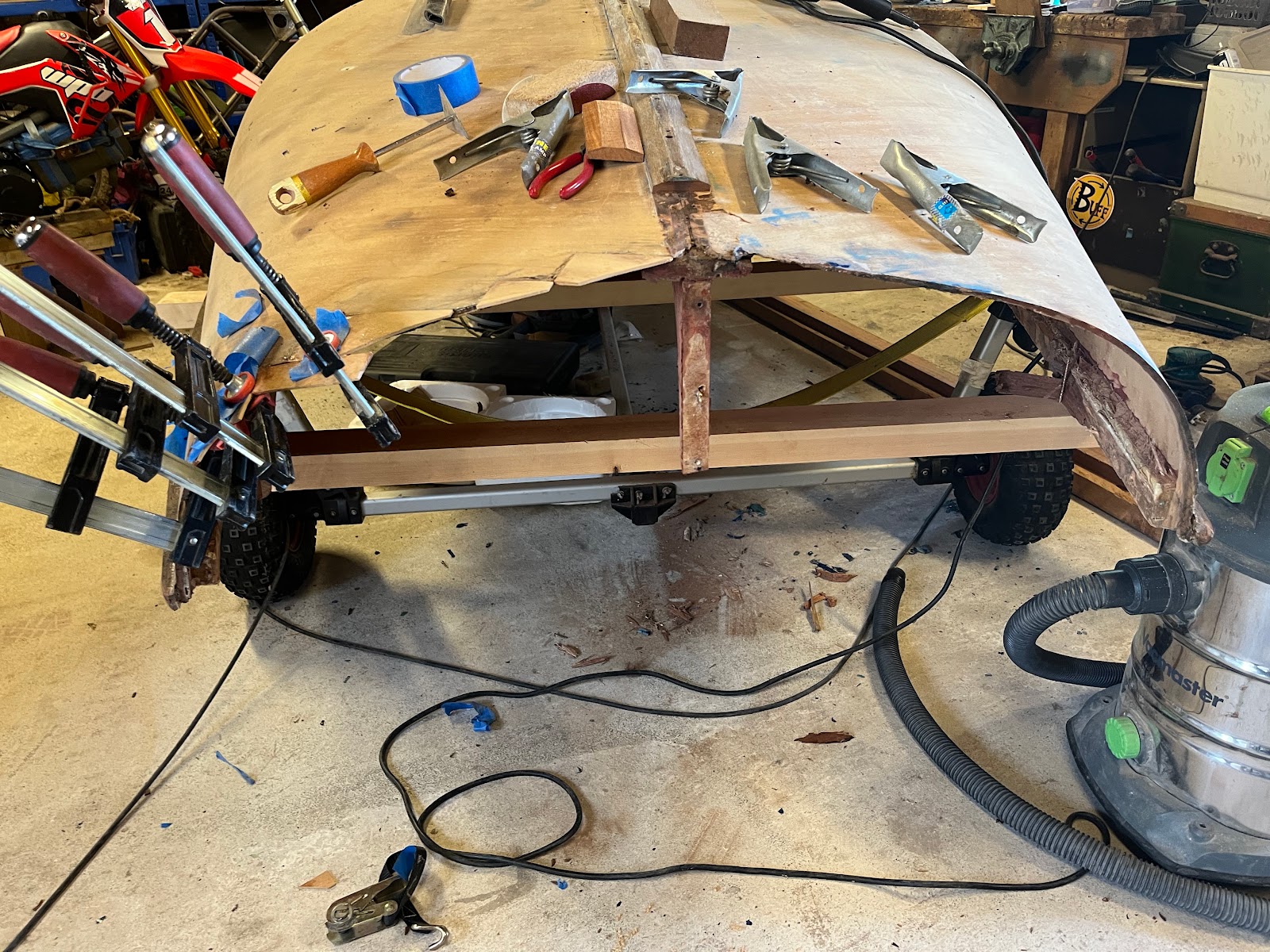
Comments
Post a Comment